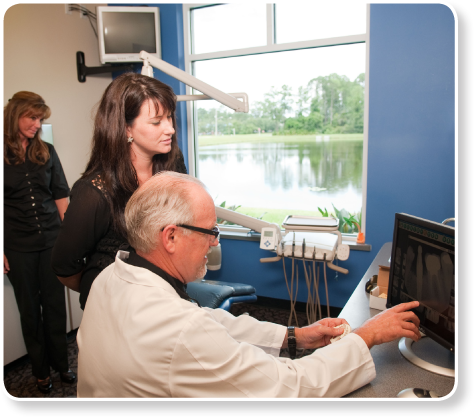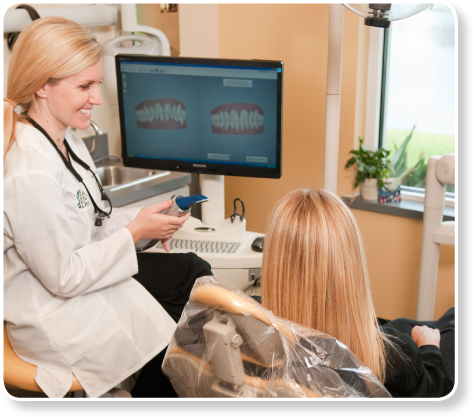FAQs About Botox for TMJ Pain Relief
Mar 8, 2024

What Is TMJ?
TMJ stands for temporomandibular joint, which is the joint connecting your jawbone to your skull. This joint, located on each side of your head in front of your ears, allows your jaw to open and close, enabling you to talk, chew, and yawn. TMJ disorders (TMD) can cause pain in your jaw joint and in the muscles that control jaw movement.
What Are the Symptoms of TMJ?
The symptoms of TMJ disorders may include:
What Causes TMJ Disorder?
The exact cause of a person’s TMJ disorder is often difficult to determine. Your pain may be due to a combination of factors, like genetics, arthritis, or jaw injury. Some people who have jaw pain also tend to clench or grind their teeth (bruxism), although many people habitually clench or grind their teeth and never develop TMJ disorders.
How Is TMJ Disorder Treated?
Treatment for TMJ disorder can range from simple self-care practices and conservative treatments to injections or surgery. Less severe cases may benefit from stress reduction, eating soft foods, applying ice or heat, and practicing gentle jaw stretching and relaxing exercises. For more significant issues, medical treatment options include:
What Is Botox?
Botox, scientifically known as botulinum toxin, is a neurotoxic protein produced by the bacterium *Clostridium botulinum*. It is widely known for its cosmetic use to reduce wrinkles, but it also has several medical applications, including the treatment of TMJ (temporomandibular joint) disorders.
How Does Botox Help TMJ Pain?
For TMJ disorders and associated jaw tension and pain, Botox works by being injected directly into the facial muscles afflicted with soreness and discomfort. Here’s the process in more detail:
Is Botox Treatment for TMJ Disorders Safe?
Botox treatment for TMJ (temporomandibular joint) disorders is generally considered safe when administered by a qualified healthcare professional experienced in this specific use. However, as with any medical treatment, there are potential risks and side effects that patients should be aware of.
What Are the Side Effects of Botox Treatment for TMJ?
The side effects of
How Long Does the Relief Last?
The duration of relief from Botox treatment for TMJ (temporomandibular joint) disorders can vary from person to person. However, on average, patients can expect the effects of Botox injections to last between 3 to 6 months.
Who Is a Good Candidate for Botox Treatment for TMJ?
Individuals experiencing TMJ disorders who have not found relief through traditional treatment methods, such as physical therapy or dental splints, may be good candidates for Botox treatment. However, Botox is not recommended for pregnant or nursing mothers due to the lack of research in these specific populations.
What Can I Expect During the Botox Treatment Process?
You can generally expect the following during the Botox process:
Interested to learn more about Botox for your TMJ Pain?
Schedule a consultation with one of our dentists today.
For informational purposes only.










